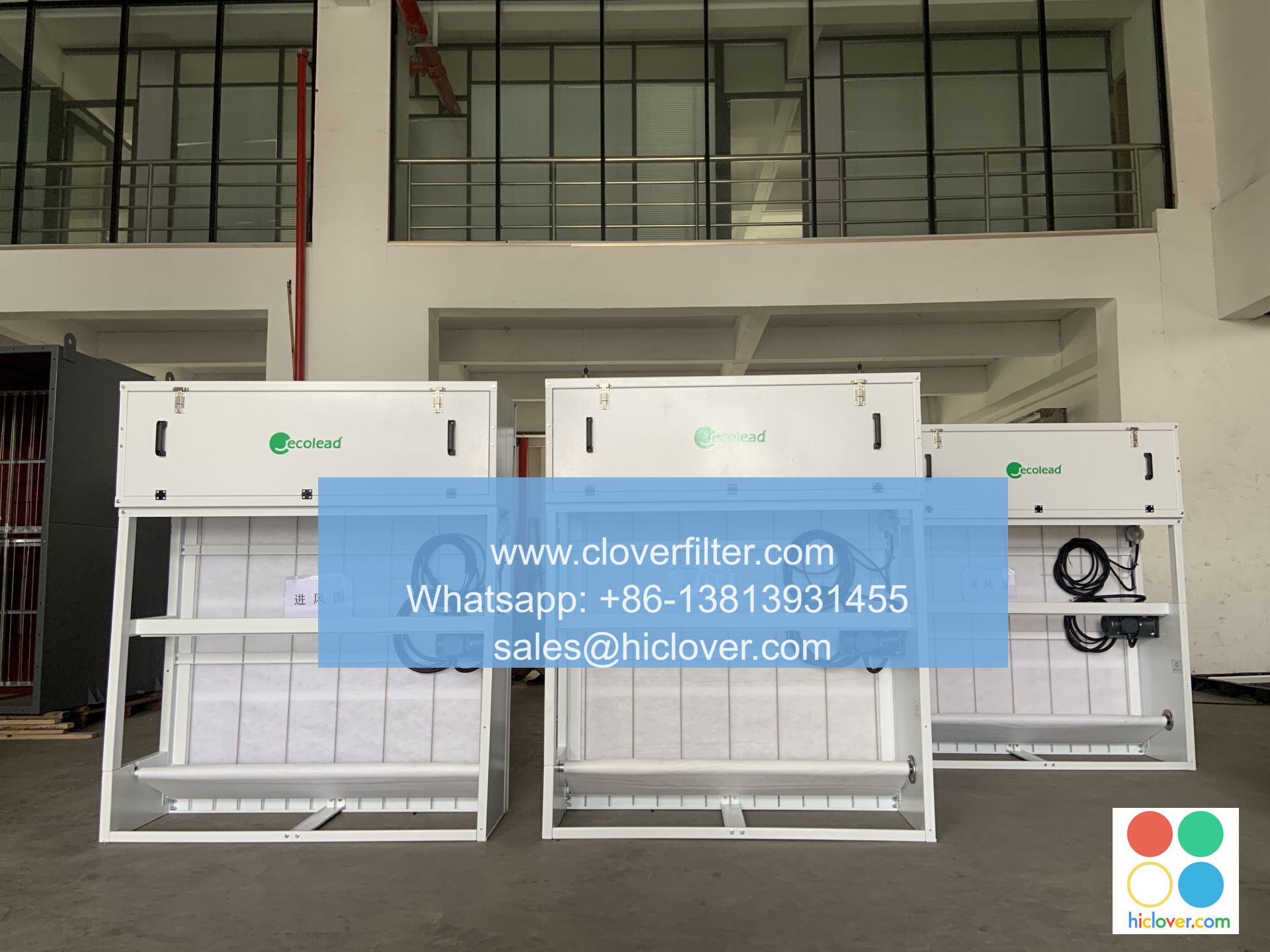Automatic Roll Air Filters: A Solution for Cleanroom Airborne Contamination in Ontario

In the province of Ontario, cleanrooms are critical environments for various industries, including pharmaceuticals, biotechnology, and electronics. These controlled environments require precise temperature, humidity, and air quality conditions to prevent contamination and ensure the quality of products. One of the most significant challenges in maintaining cleanroom air quality is airborne contamination, which can be effectively addressed with Automatic Roll Air Filters (ARAFs). In this article, we will discuss the importance of cleanroom air quality, the risks associated with airborne contamination, and how ARAFs can provide a reliable solution for cleanrooms in Ontario.
Cleanrooms are designed to minimize airborne contamination, which can arise from various sources, including human activity, equipment, and external environmental factors. Airborne contaminants, such as dust, pollen, and microorganisms, can compromise the quality of products and processes, leading to costly rework, rejection, or even recalls. In Ontario, cleanrooms must comply with stringent regulations and standards, including those set by the International Organization for Standardization (ISO) and the Canadian Standards Association (CSA). To maintain the required air quality, cleanrooms rely on HEPA (High Efficiency Particulate Air) filters, which can capture 99.97% of particles as small as 0.3 microns.
However, traditional HEPA filter systems have limitations. They can be prone to clogging, which reduces airflow and increases pressure drop, leading to decreased system performance and increased energy consumption. Moreover, the replacement of HEPA filters can be a time-consuming and costly process, requiring specialized labor and equipment. This is where Automatic Roll Air Filters come into play. ARAFs are designed to provide a continuous supply of clean air, rolling out a new filter media as the old one becomes saturated. This ensures a consistent airflow and pressure drop, minimizing the risk of contamination and reducing maintenance costs.
ARAFs offer several advantages over traditional HEPA filter systems. Firstly, they provide a higher level of air cleanliness, with some models capable of capturing particles as small as 0.1 microns. Secondly, ARAFs can operate at higher airflow rates, making them suitable for larger cleanrooms or those with high airflow requirements. Thirdly, the automatic roll-out feature reduces the need for manual filter replacement, minimizing downtime and labor costs. Finally, ARAFs can be integrated with existing HVAC systems, making them a convenient and cost-effective solution for cleanroom air quality management.
In Ontario, several industries can benefit from the implementation of ARAFs in their cleanrooms. For example, pharmaceutical companies can use ARAFs to ensure the quality of their products, while biotechnology firms can rely on them to maintain a contamination-free environment for their research and development activities. Electronics manufacturers can also use ARAFs to prevent airborne contamination, which can damage sensitive components and compromise product quality.
To ensure the effective operation of ARAFs, it is essential to select the right model for the specific cleanroom application. Factors to consider include the required airflow rate, filter efficiency, and pressure drop. Additionally, the ARAF system should be properly installed, maintained, and monitored to ensure optimal performance. Regular testing and validation of the ARAF system are also crucial to ensure compliance with relevant regulations and standards.
Conclusion
In conclusion, Automatic Roll Air Filters offer a reliable and effective solution for cleanroom airborne contamination in Ontario. By providing a continuous supply of clean air, ARAFs can minimize the risk of contamination, reduce maintenance costs, and ensure compliance with relevant regulations and standards. With their high level of air cleanliness, ease of operation, and cost-effectiveness, ARAFs are an attractive option for various industries in Ontario, including pharmaceuticals, biotechnology, and electronics. By implementing ARAFs in their cleanrooms, companies can ensure the quality of their products, maintain a competitive edge, and contribute to the province’s economic growth and development.
Frequently Asked Questions (FAQs)
Q: What is the main advantage of using Automatic Roll Air Filters in cleanrooms?
A: The main advantage of using ARAFs is that they provide a continuous supply of clean air, minimizing the risk of contamination and reducing maintenance costs.
Q: How do ARAFs compare to traditional HEPA filter systems?
A: ARAFs offer several advantages over traditional HEPA filter systems, including higher air cleanliness, higher airflow rates, and reduced maintenance costs.
Q: Which industries in Ontario can benefit from the implementation of ARAFs?
A: Several industries in Ontario can benefit from ARAFs, including pharmaceuticals, biotechnology, and electronics.
Q: What factors should be considered when selecting an ARAF model?
A: Factors to consider include the required airflow rate, filter efficiency, and pressure drop.
Q: How often should the ARAF system be tested and validated?
A: The ARAF system should be regularly tested and validated to ensure compliance with relevant regulations and standards.

